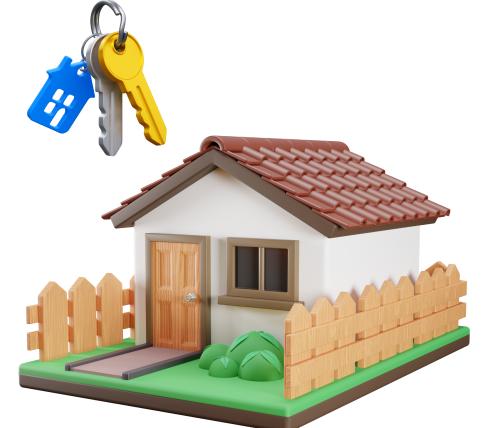What is Co-Buying and How is it Reshaping Homeownership
Gen Z isn’t just dreaming about owning homes—they’re taking innovative steps to make it happen. One of these strategies is co-buying, where two or more people, such as close friends, family members, or unmarried partners, jointly purchase property.
According to Stanford’s Center for Advanced Study in the Behavioral Sciences, “Gen Z are typically self-driven, collaborative, and diverse-minded. They value flexibility, authenticity, and a pragmatic approach to addressing problems.” Co-buying embodies these qualities by allowing young buyers to pool resources and overcome financial barriers together.
While older generations may find this trend unusual—traditionally viewing homeownership as a milestone for individuals or married couples—Gen Z faces unique challenges that make co-buying an appealing solution. Rising prices, high mortgage rates, and wage stagnation have created a tougher housing market than previous generations experienced.
Even Millennials, who are just slightly older, haven’t adopted co-buying at the same rate as Gen Z. According to the 2025 NextGen Homebuyer Report, Gen Z is 78% more likely to consider co-buying than Millennials, showing how quickly attitudes about homeownership are shifting.
Why Co-Buying Is Popular Among Gen Z
1. Affordability Challenges
The cost of buying a home has skyrocketed in recent years, creating serious hurdles for first-time buyers. Home prices rose significantly after the COVID-19 pandemic, and mortgage rates climbed steeply too.
For example, as of April 10, 2025, the average rate for a 30-year fixed-rate mortgage was 6.62%, according to Freddie Mac. Compare this to the all-time low of 2.66% in late 2020, and it’s clear why affordability has become a big issue.
While mortgage rates may dip below 6% in 2025 or 2026, the combination of rising home prices and wages failing to keep up has left many young buyers struggling to secure property on their own.
These affordability challenges have pushed Gen Z to think outside the box, leading many to explore co-buying as an alternative to traditional solo homeownership.
2. Changing Social Norms
Gen Z’s approach to homeownership reflects their willingness to embrace new and practical ideas. A Stanford study observed that this generation isn’t afraid of communal living or experimenting with unconventional ways to achieve their goals.
For many, co-buying serves as a stepping stone toward their version of the American dream—spouse, kids, and perhaps a house with a picket fence. Buying a home with a trusted friend or family member allows them to enter the housing market sooner, start building equity, and position themselves for future solo purchases.
While home prices can occasionally fall, the overall historical trend has been upward. Co-buying lets young people benefit from this growth and expand their options in the future.
3. Remote Work and Increased Flexibility
Remote work has transformed Gen Z’s perspective on shared living arrangements. Many Zoomers now see co-buying as a way to upgrade from cramped city apartments to more spacious suburban or rural homes. With remote jobs granting the flexibility to live anywhere, they can afford homes in areas with lower income taxes, property taxes, or overall living costs.
Additionally, rural and suburban areas often qualify for USDA loans, backed by the U.S. Department of Agriculture. These loans come with perks like zero down payments and competitive mortgage rates, making co-buying in these regions an even more attractive option.
The Future of Homeownership: Will Co-Buying Become the Norm?
Co-buying among Gen Z is more than just a trend—it reflects changing attitudes about homeownership and financial collaboration.
As housing challenges continue, it’s likely that co-buying will grow even more popular, reshaping the way younger generations enter the real estate market.
-
Find out if you're eligible for more housing support here!









